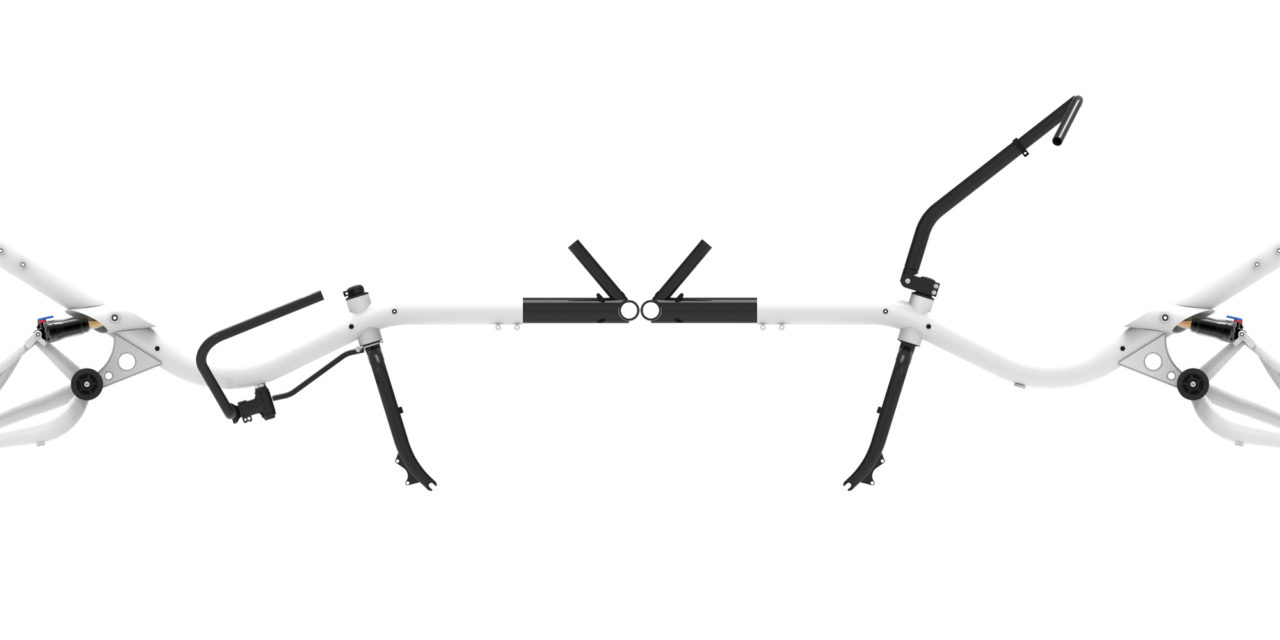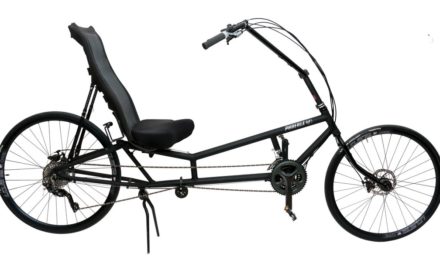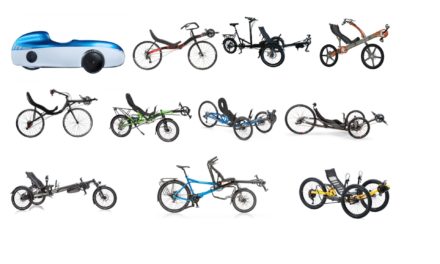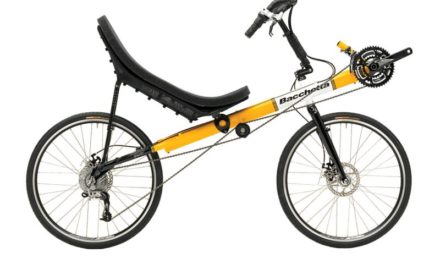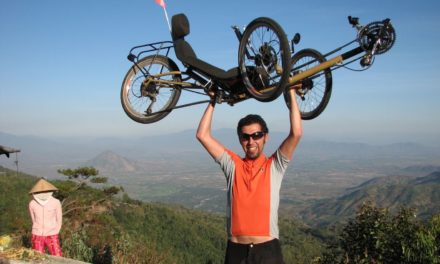There are many types of steerings for recumbent two-wheelers, but three of them are the major ones if you choose to buy an SWB recumbent. Too many abbreviations, right? OK, let’s start with them. OSS is Over Seat Steering and is also known as ASS in Europe. That stands for Above Seat Steering, but the abbreviation sounds kind of strange, right? The USS is Under Seat Steering. OC then stands for Open Cockpit. As of last we need to explain the SWB abbreviation. SWB is a Short Wheel Base bike which is specific by having the crankset ahead of the front wheel and having the wheelbase much shorter than on typical American LWB (Long Wheel Base) bikes. Let’s get to the topic now.
One usually needs to decide which type of steering to choose when purchasing new SWB recumbent and some brands offer all three types, some just two, some just one. And for recumbent beginners, it can be really difficult to decide which is the right one for them.
So have a look at the different types. Sometimes describing an advantage of one shows the disadvantage of other type so I mention only the most important points.
OSS (ASS) – Over Seat Steering
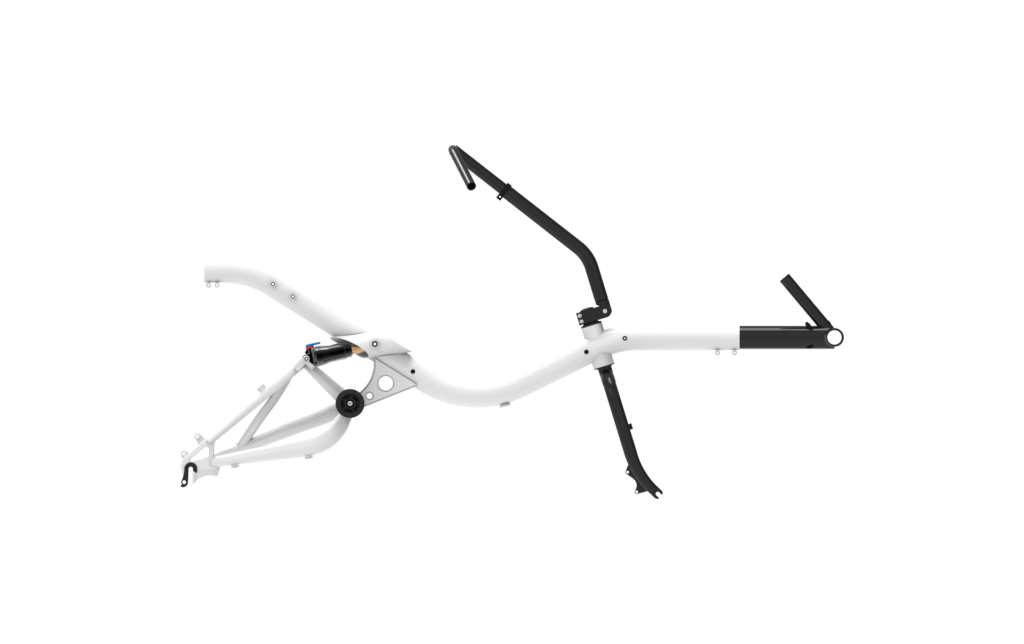
- From my 20 years long experience teaching people how to ride on recumbents, the OSS is the easiest as the handlebars are still kind of in a place where you expect them to be. In front of you, somehow horizontally positioned.
- OSS is pretty narrow so is the bike. This makes it very easy to ride with it in city traffic or also on single tracks full of trees around.
- The bike with OSS is very easy to load into the car, on a car rack, or into the train because it is narrow.
- The construction which is often also foldable for ease of getting-off the bike makes it very durable and virtually indestructible. I always recommend it as the best steering for long-distance expeditions where any damage can be critical.
- Very good aerodynamic.
- You can have some of the electronic gadgets mounted on the handlebars like the smartphone, however, there is not much space for them.
- Bikes with them have the shortest turning circle because you can move the handlebars very much to the side without any major issue.
- Some designs, especially on fast bikes have kind of tiller effect so you have to do a long move to turn the wheel to the side, but many touring recumbents have this effect minimal.
USS – Under Seat Steering
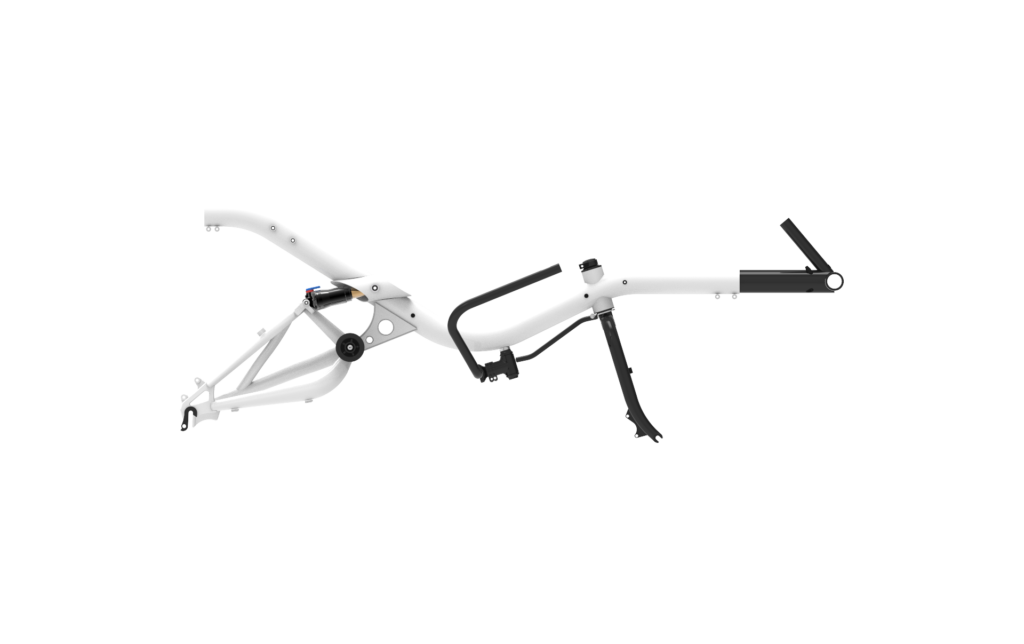
- This is the absolute comfort you can have on a bike. Your hands just lay on the handlebars without any tension or power involved.
- The indirect type where there is a steering rod (linkage system) between the handlebars and the front fork is the quickest to turn. That said, you need quite a short move of your arms to get a significant turn of the front wheel. The ratio can be even adjusted on some bikes. However, the direct steering with a very long stem is usually the worst one. I very much prefer the indirect USS.
- It is wide and because of that it has the worst aerodynamic and it is also difficult to load the bike with it into the car, pack it for air travel or store it in the basement or garage.
- The wide construction and system of attaching the handlebars to the frame of the bike make them most vulnerable to damages while falling. There exist design features that prevent handlebars from bending or breaking, but from time to time you still might need to change the handlebars or the stem. It is even worse if the handlebars are from aluminum as you can’t bend them back if they are damaged.
- There is simply no place where you can place any gadget like the cycle computer, smartphone, or GPS near you.
- Perfect in case your belly is bigger than you would wish.
- If you don’t care about speed, if you have enough place to store the bike, if you have enough big car or rack, and if you are not a gadget freak, this is the best, most comfortable type of steering you can have. By far!
OC – Open Cocpit
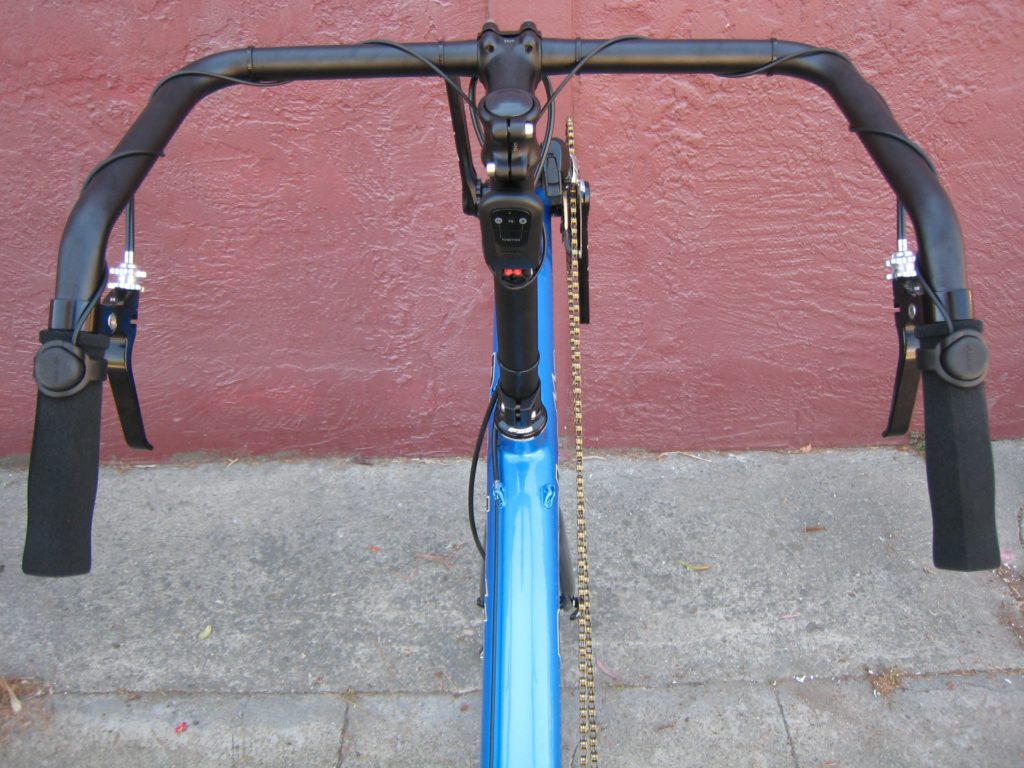
- The most aerodynamic out of the three.
- Possibility to mount some electronic gadgets but usually not so „on-hand“ as with OSS.
- No need for folding it due to a need to get off the bike.
- Very straightforward steering because no tiller effect is involved.
Do you have a different experience? Please, use comments hereunder to share it with other readers. Thank you!

